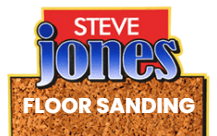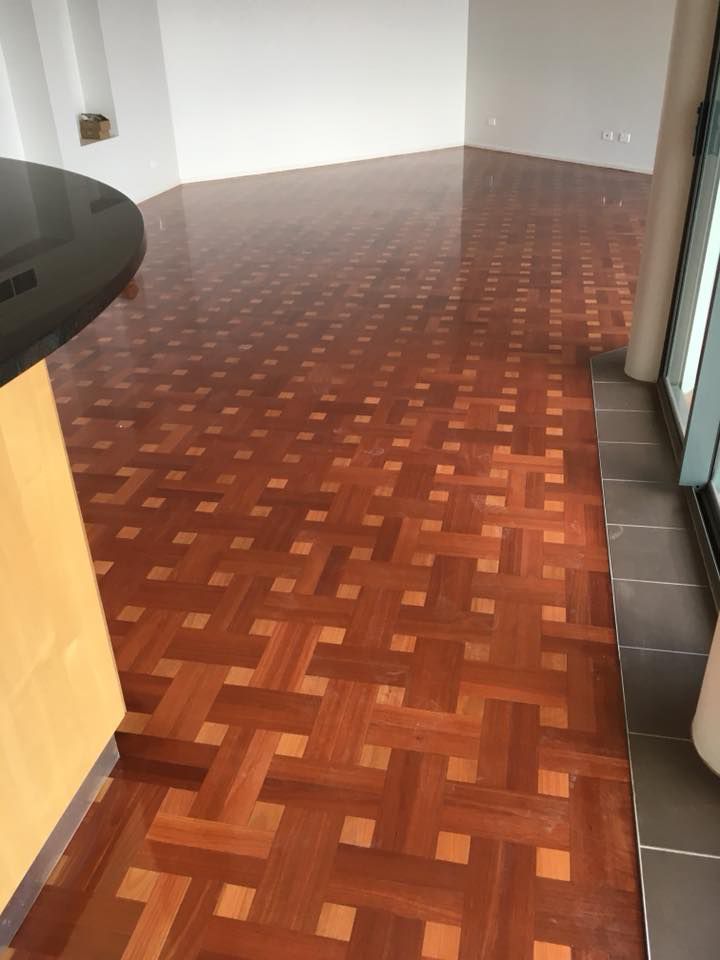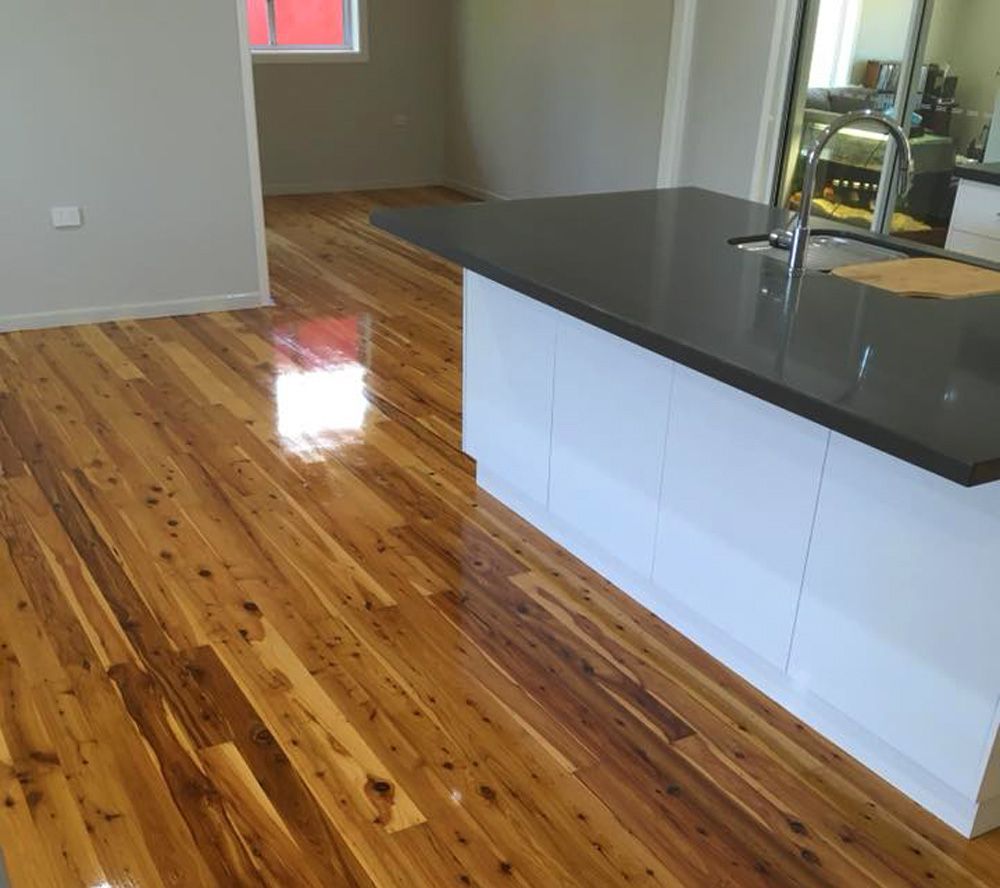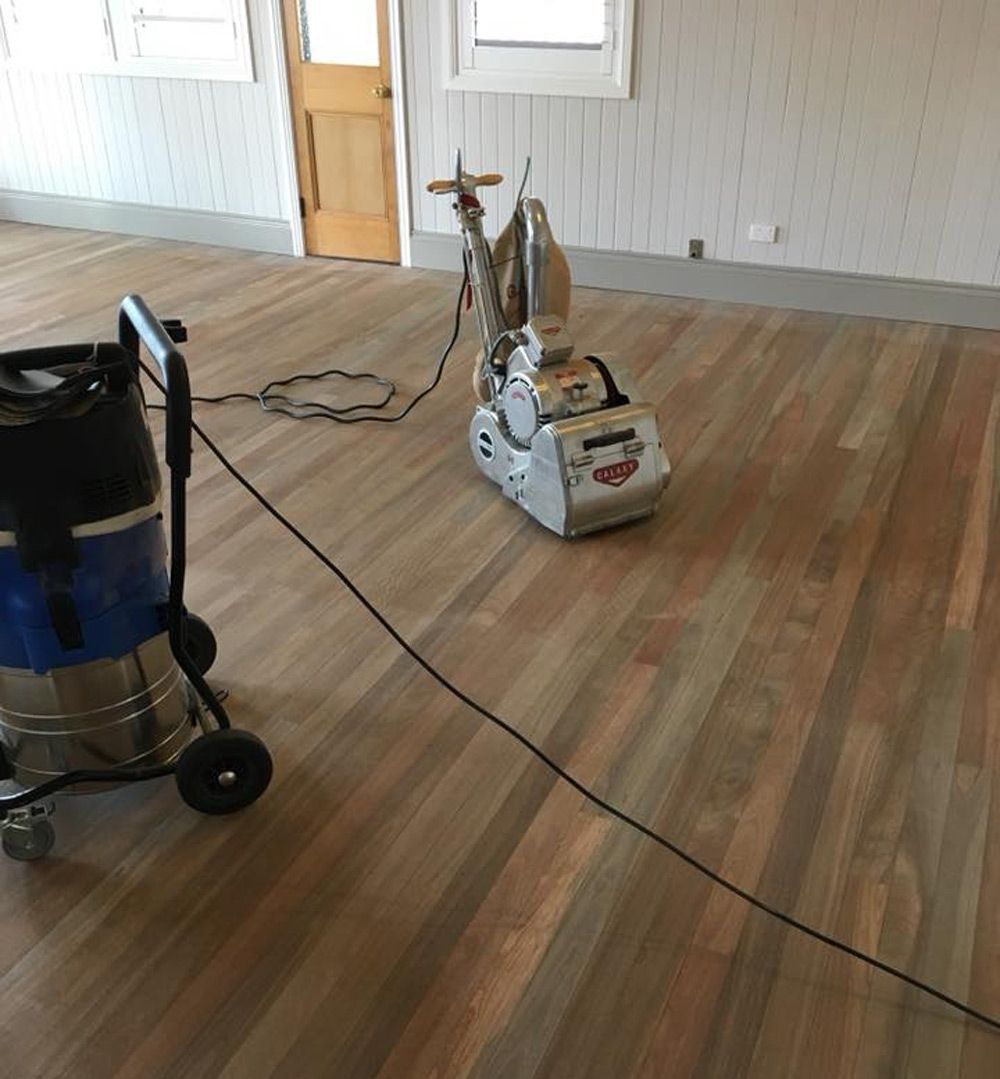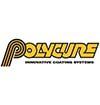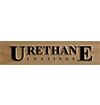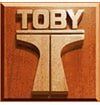5 Common Floor Sanding Mistakes And How To Avoid Them
Floor sanding is an important step in maintaining the beauty and longevity of timber floors. However, this task is not without its pitfalls. Many homeowners face unexpected challenges during this process, with less-than-satisfactory results. To help you out in this process, we've compiled a list of the five most common floor sanding mistakes and practical tips on how to avoid them so that your timber floors are sanded with care.
1. Neglecting Proper Preparation of the Floor
Before you even think about firing up the sander, preparation is key. A well-prepped floor ensures a smoother sanding process and a more beautiful finish.
How to Avoid:
- Clear the Area: Remove all furniture and rugs.
- Seal the Room: Cover vents and doorways to prevent dust from spreading.
- Clean the Floor: Ensure the surface is free of debris.
2. Using Incorrect Sanding Techniques
Using incorrect sanding techniques can impact the quality of your timber floor's finish. It's similar to an art form where precision is key. Selecting an inappropriate sandpaper grit or employing incorrect sanding patterns can result in uneven surfaces or, worse, permanent damage to the floors.
How to Avoid:
To avoid common sanding pitfalls, it's often wise to enlist the help of professionals. They begin the process using coarser grit sandpaper, gradually transitioning to finer grits to ensure a flawlessly smooth finish. Professionals are adept at sanding in the direction of the wood grain, an important step in preserving the floor's natural pattern and integrity.
They also apply consistent pressure during sanding, a technique that prevents gouges or uneven areas, which can mar the floor's appearance. With their expertise, professionals not only enhance the beauty of your floors but also ensure the process is done with precision and care.
3. Ignoring Safety Precautions
Floor sanding can be hazardous without proper safety measures. Dust can affect your respiratory health and the noise can be disruptive.
How to Avoid:
- Personal Protective Equipment: Wear masks and ear protection.
- Ventilation: Ensure good airflow in the sanding area.
4. Inadequate Dust Removal Post-Sanding
Inadequate dust removal after sanding is a common oversight that can significantly impact the final outcome and the air quality of your home. The importance of post-sanding cleanup cannot be overstated; it's as important as the sanding process itself. Leftover dust not only compromises the finish of your floors but also poses a risk to the health and cleanliness of your living space.
How to Avoid:
To avoid this issue, it's important to undertake thorough vacuuming with a quality vacuum cleaner, ensuring all dust is removed from the floor. Additionally, wiping down all surfaces in the room, including walls, furniture and fixtures, is important to eliminate any residual dust. This approach to cleaning safeguards the quality of your floor's finish and maintains a healthy, dust-free environment in your home.
5. Applying the Wrong Type of Finish
The final touch to your floor sanding project is the finish. The wrong type can lead to premature wear, lack of protection or an unsatisfactory look.
How to Avoid:
- Consult Professionals: Seek advice on the best finish for your floor type and usage.
- Test Samples: Apply small samples to check compatibility and appearance.
Elevate Your Floors with Steve Jones Floor Sanding
At Steve Jones Floor Sanding, we understand that your floors are more than just surfaces; they're a part of your home's character and charm. Our team combines artistry with technique to rejuvenate your timber floors, giving them the care and attention they deserve. To know more about our floor sanding services, give us a call.
